6 GPTs for High Availability Powered by AI for Free of 2026
AI GPTs for High Availability are advanced generative pre-trained transformer models tailored for ensuring and enhancing the reliability, uptime, and resilience of systems and services. These AI tools are designed to automate and optimize tasks related to maintaining high availability of digital and IT services, crucial for operations requiring minimal downtime. By leveraging GPT technology, these tools can predict potential system failures, suggest preventive measures, and facilitate rapid recovery, making them indispensable in environments where constant service availability is critical.
Top 6 GPTs for High Availability are: Docker and Docker Swarm Assistant,Zabbix Guru,IaC your Cloud,Mongo,SQL Cluster Guide,shared folder in cluster with Linux
Docker and Docker Swarm Assistant
Streamline Deployment with AI-Powered Docker Swarm
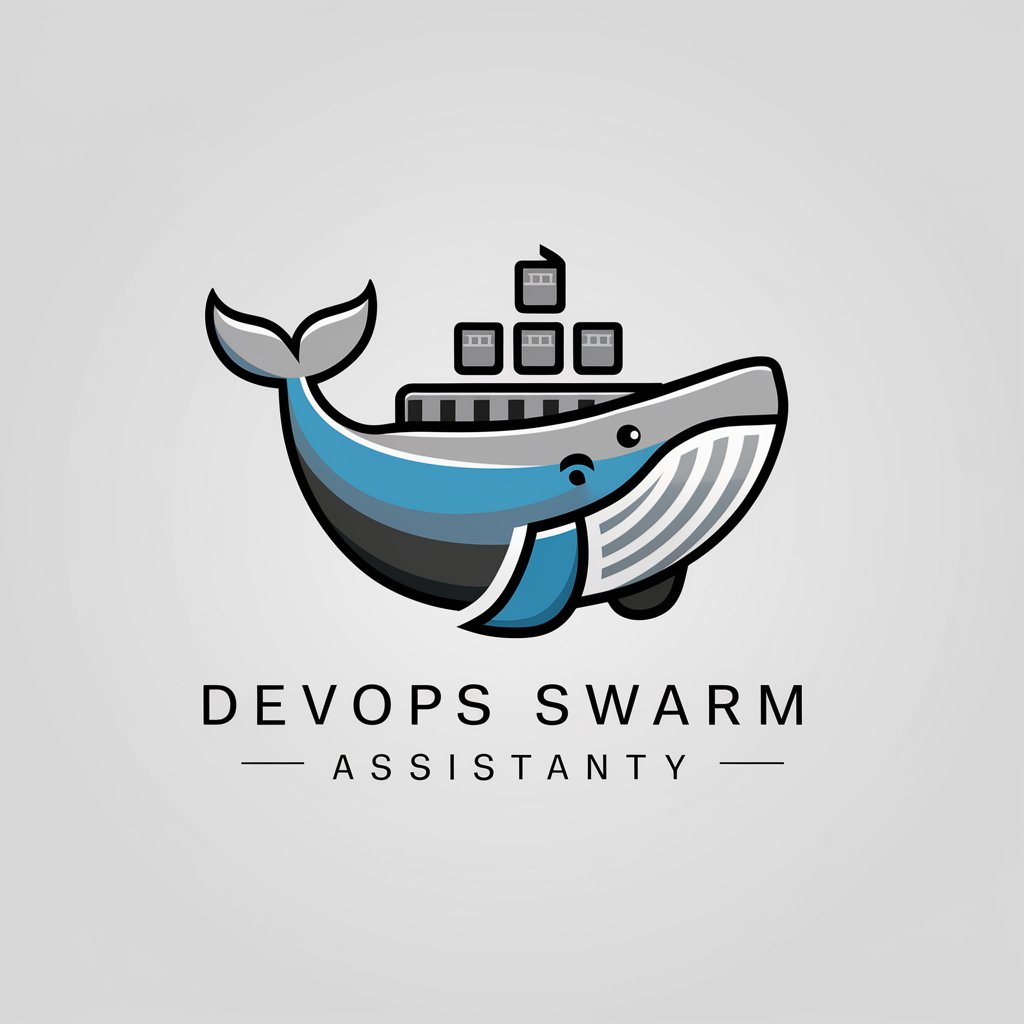
Zabbix Guru
Elevate Monitoring with AI
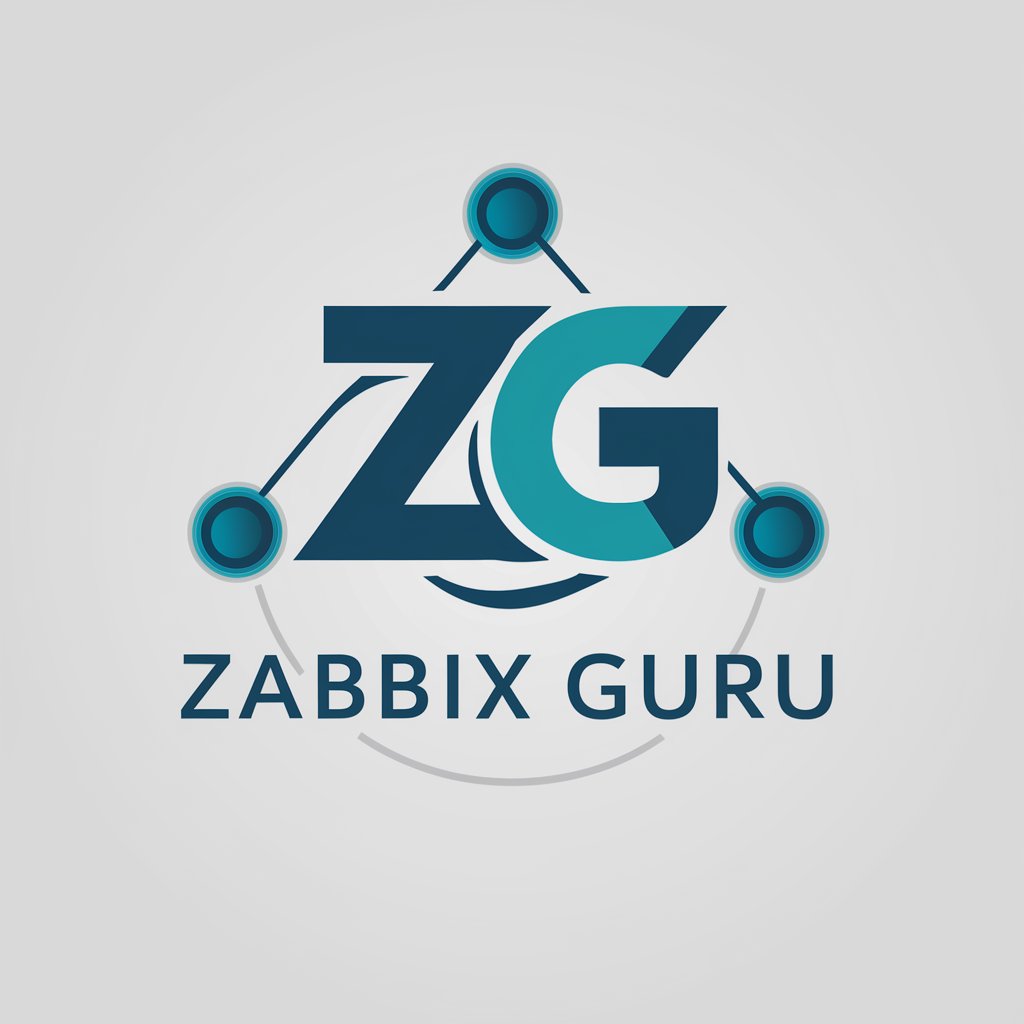
IaC your Cloud
Empowering AWS with AI-driven Terraform insights.
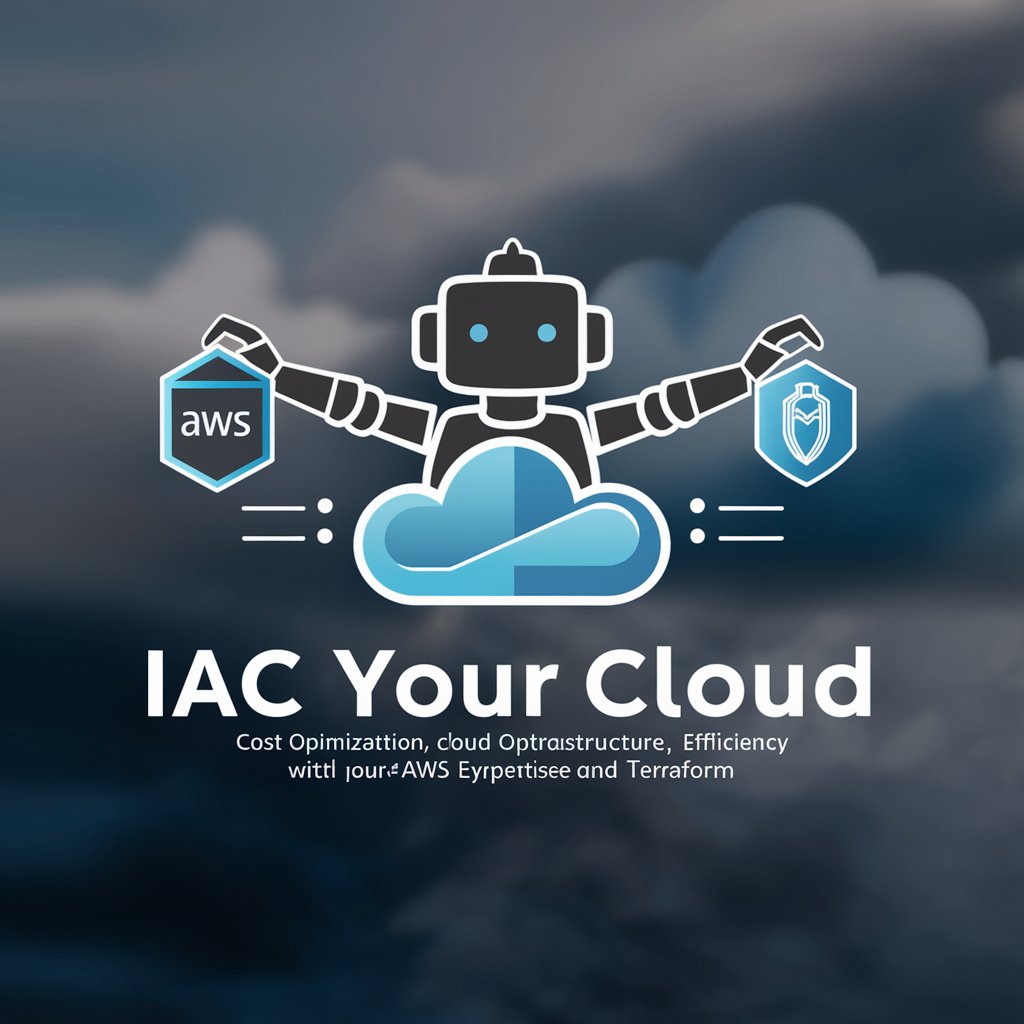
Mongo
Empowering applications with a flexible, high-performance NoSQL database.
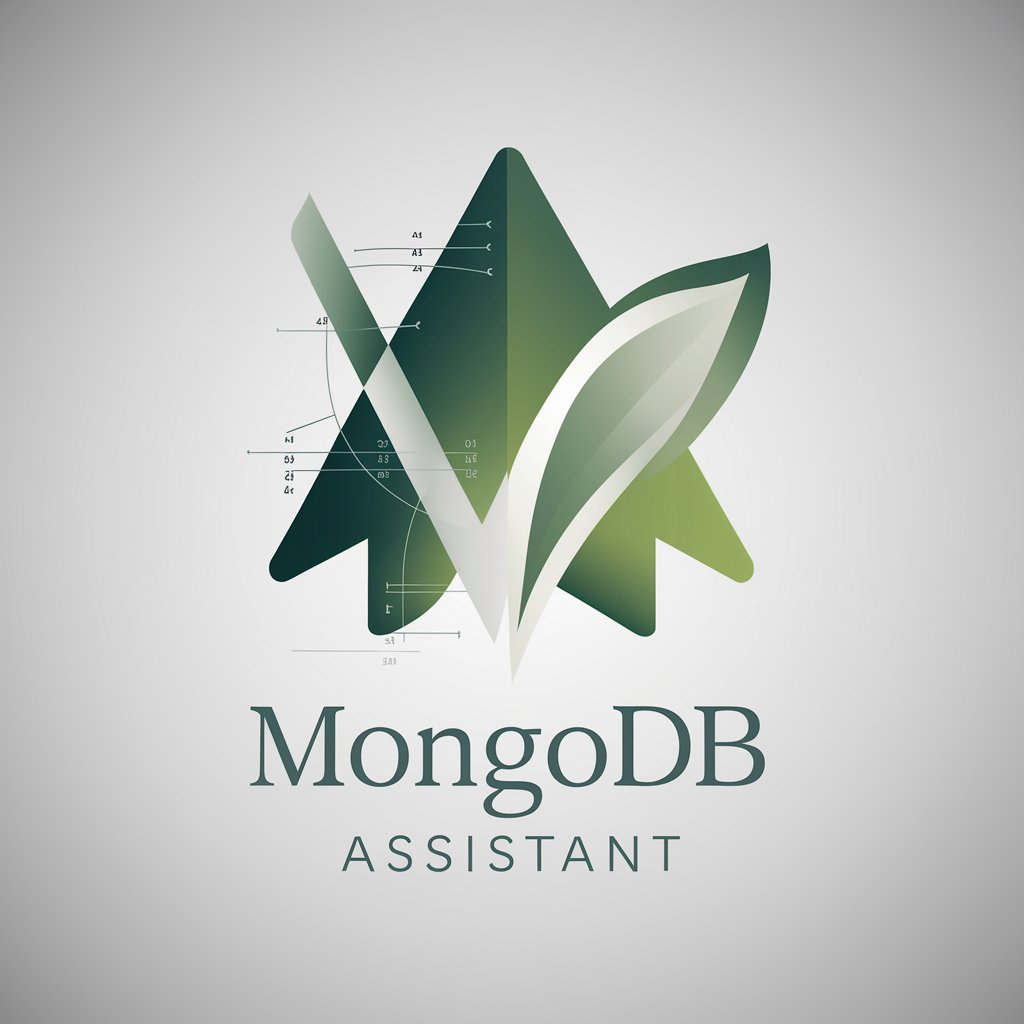
SQL Cluster Guide
Empowering database design with AI
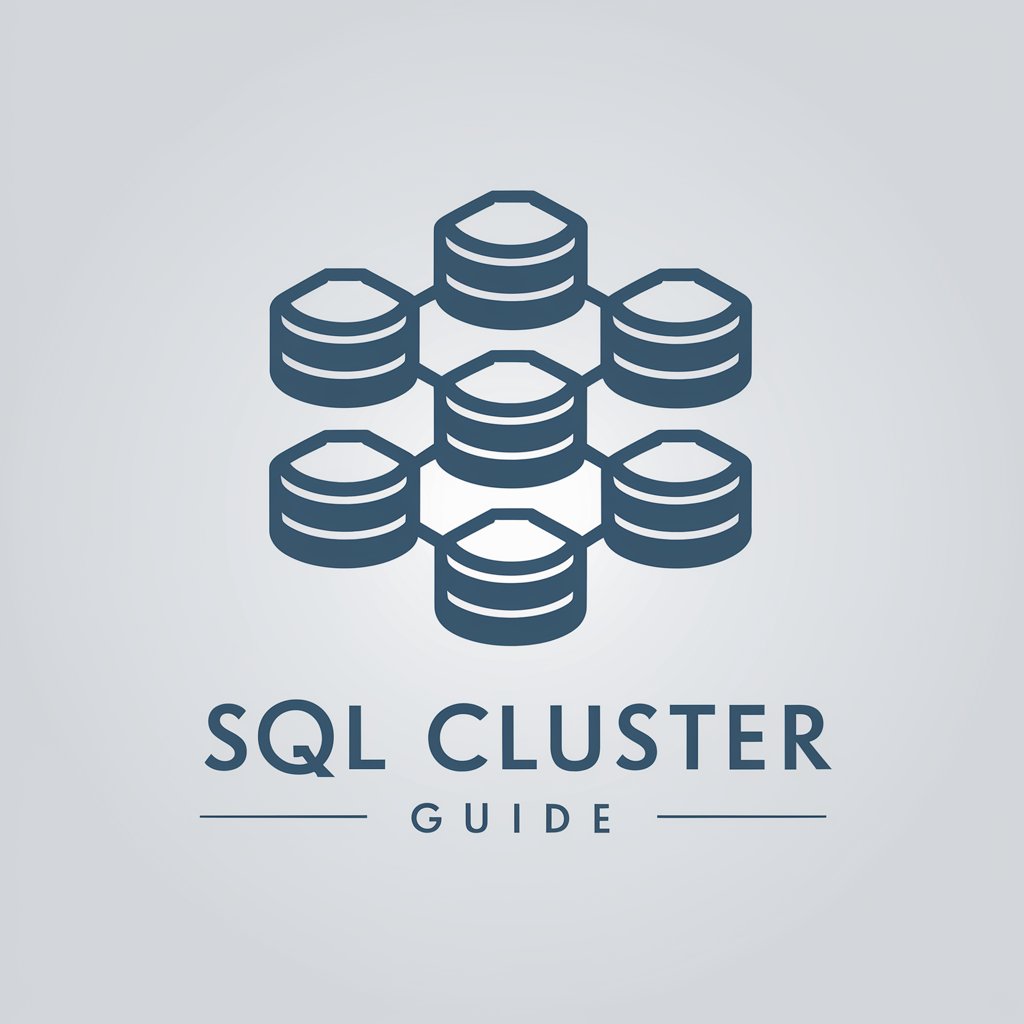
shared folder in cluster with Linux
Centralize your data, empower your cluster

Key Attributes and Functions
AI GPTs tools for High Availability stand out for their adaptability, allowing customization from simple alerts to complex predictive maintenance tasks. Key features include real-time monitoring and alerts, predictive analytics for foreseeing potential system issues, automated problem resolution to minimize downtime, and adaptive learning capabilities that improve over time. Furthermore, these tools can provide technical support, conduct web searches, create images for troubleshooting guides, and perform sophisticated data analysis, making them a comprehensive solution for maintaining high system uptime.
Who Benefits from High Availability AI Tools
The primary beneficiaries of AI GPTs for High Availability include IT professionals, system administrators, and developers who manage critical digital infrastructure. However, these tools are also designed to be accessible to novices, offering user-friendly interfaces that do not require advanced coding skills. For those with programming expertise, the tools offer extensive customization options, allowing for tailored solutions that meet specific high availability requirements.
Try Our other AI GPTs tools for Free
SQL Configuration
Discover AI GPTs for SQL Configuration: innovative tools designed to streamline database setup, optimization, and management through advanced AI technology.
Discount Discovery
Unlock the best deals and promotions with AI-powered Discount Discovery GPTs, your go-to solution for smarter savings and optimized purchasing.
Marketing Collateral
Discover how AI GPTs revolutionize Marketing Collateral creation with tailored content, multilingual support, and seamless integration for enhanced engagement and efficiency.
Tile Selection
Discover AI-powered GPT tools for Tile Selection, designed to enhance your design journey with personalized recommendations, creative insights, and technical guidance, all tailored to your unique preferences.
Data Ownership
Discover AI GPTs for Data Ownership: Tailored AI tools designed to safeguard your data rights, ensuring privacy and compliance with ease.
Interoperability
Discover how AI GPTs for Interoperability revolutionize system integration, offering seamless data exchange and communication across diverse platforms.
Expanding the Horizon with AI in High Availability
AI GPTs for High Availability revolutionize how organizations approach system resilience, offering smarter, predictive solutions that adapt and improve over time. Their ability to integrate with existing systems and provide user-friendly interfaces makes them a versatile tool for enhancing uptime across various sectors. As these AI tools continue to evolve, they will play a crucial role in ensuring that digital services remain uninterrupted, reliable, and efficient.
Frequently Asked Questions
What exactly are AI GPTs for High Availability?
AI GPTs for High Availability are artificial intelligence tools designed to ensure the continuous operation of systems and services by predicting failures and automating recovery processes.
How do these tools predict system failures?
They use machine learning algorithms to analyze historical data and identify patterns that may indicate potential system issues, allowing for preemptive action.
Can non-technical users operate these AI GPTs tools?
Yes, these tools are designed with user-friendly interfaces that enable users without technical expertise to monitor and maintain high system availability.
What customization options are available for advanced users?
Advanced users can access APIs and scripting interfaces to tailor the tools' functionality, integrate with existing systems, and automate specific high availability tasks.
Are these tools applicable to any industry?
Yes, AI GPTs for High Availability can be adapted to various sectors that require constant uptime, such as finance, healthcare, and e-commerce.
What makes these AI GPTs tools different from traditional monitoring software?
Unlike traditional software, these AI tools leverage advanced machine learning to not only monitor but also predict and automatically respond to issues, enhancing system resilience.
How do these tools enhance system recovery processes?
By automating the identification and resolution of issues, these tools significantly reduce downtime, ensuring rapid recovery from failures.
Can these tools integrate with existing IT infrastructure?
Yes, they are designed to seamlessly integrate with existing IT systems and workflows, enhancing their high availability capabilities without significant overhaul.